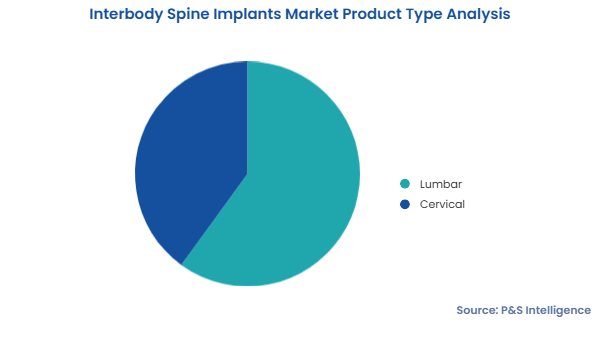Interbody Spine Implants Market Future Prospects
The interbody spine implants market generated revenue of USD 2.56 billion in 2024, and it is projected to grow at a CAGR of 3.10% from 2025 to 2032, reaching USD 3.24 billion by 2030. The primary factors driving the market include the advancements in spine surgery technologies, rise in the demand for spinal fusion devices due to the surge in the occurrence of spinal disorders and injuries, rapid adoption of minimally invasive spine surgeries, and increase in the launch of advanced bone grafting products.
The market is also being impacted by an increase in the aging population. Furthermore, the improving surgical precision and outcomes are being brought about by the advent of innovative spinal implant technologies, such as 3D-printed implants.
Aside from improving patient care and surgical efficiency, the development in endoscopic procedures and the use of virtual and augmented reality in surgical planning are propelling market growth.
The constant need for spinal implants with a longer implant lifespan gives rise to the innovation in the field of spinal implants. Manufacturers develop implants from biocompatible biomaterials for better clinical outcomes. Thus, there is a huge opportunity for manufacturers to develop polymeric implants, metallic biomaterial implants, and bioceramic implants.
Technological advancements in spine surgeries or medications provide several opportunities to players offering new advanced products and techniques such as 3D printing, oblique lateral interbody fusion (OLIF), and robot-assisted spine surgery, to compete in the market.





